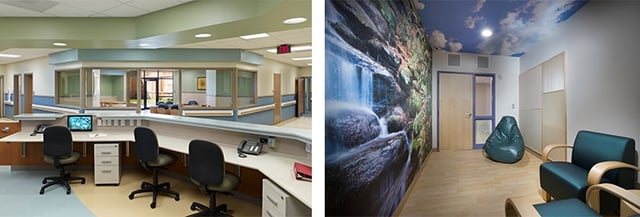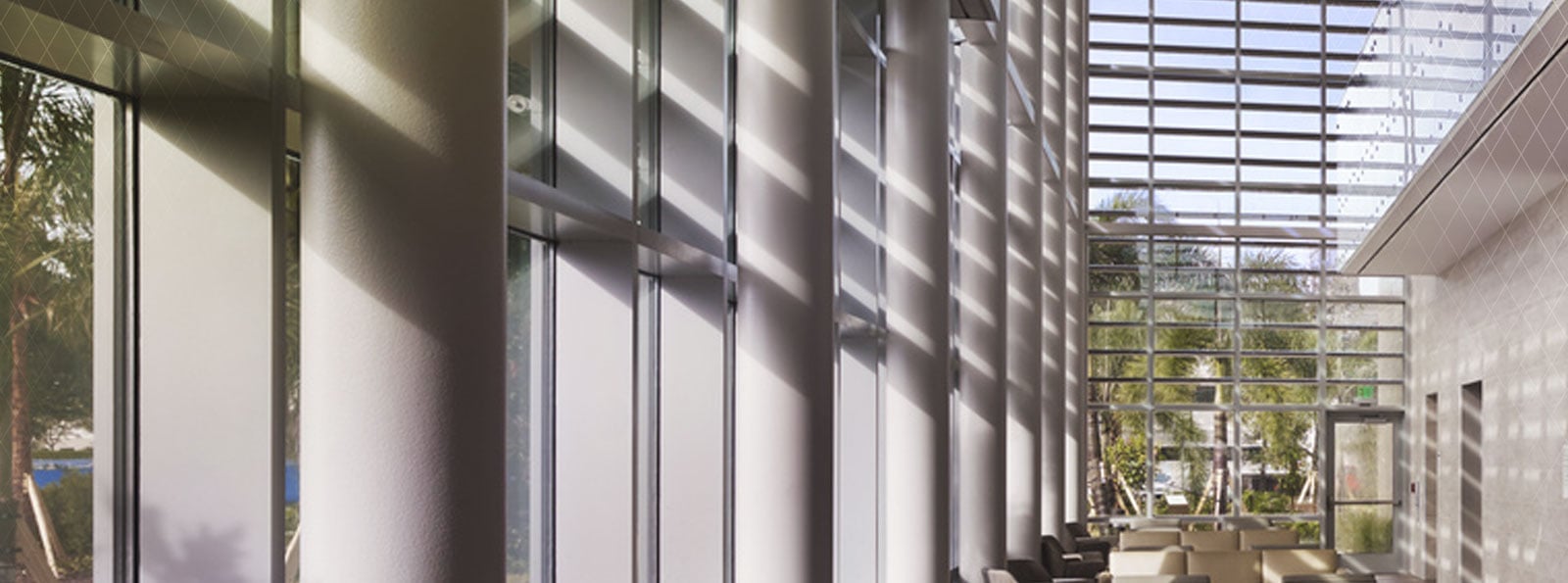The FGI Guidelines for Design and Construction has been used for decades to implement minimum standards for healthcare buildings. What began as a federal document to implement Congressional legislation from 1946 has since evolved into a document reviewed and revised on a regular cycle of four years.
My career lately has had a primary focus on psychiatric facilities in Delaware, New Jersey and Pennsylvania, so I take a particular interest in Guidelines sections 2.5 (Specific Requirements for Psychiatric Hospitals) and 3.11 (Specific Requirements for Outpatient Psychiatric Centers). The following is a bullet point list of changes I have noticed between the 2014 and 2018 Guidelines as pertaining to Psychiatric Facilities. Please note these are based on a draft version of the 2018 FGI Guidelines that is subject to change before final issue:
2.5
- Visual control (for example video surveillance) of corridors/dining/social areas is not just recommended but now required.
- Now, a sallyport is only required when the need for elopement prevention is required per the safety risk assessment.
- Kitchen area/Nourishment now requires secured storage instead of just storage.
- New recommendation for a pass-thru window at patient storage room, and state this window can also be used for meds distribution.
- Patient Storage and Clean Supply is now permitted to be combined into one space.
- Locked Storage for visitor belongings is a new requirement.
- The 60sf reduced allowance for crib rooms is removed for child patient bedrooms.
- Multi-user patient rooms are no longer allowed.
- Exam room can still serve multiple units, but new requirements for exam room:
- fixed exam lights not permitted
- space for a visitor chair
- minimum 3’ clear at sides and foot of bed, with specific exceptions for corner or wall placement.
- Exterior panes of glass accessible by patients via courtyard must be impact resistant, which is a newly delineated requirement.
- New requirement for windows to resist impact load of 2000lbs from inside.
- Seclusion room ceiling no longer required to be monolithic, but I feel this is still a best practice to maintain.
- All light fixtures are now required to be tamper resistant (before only high- and medium-risk areas required.
 3.11
3.11
- Section on Areas of Patient Services (3.11-3.2) has been developed to include specific requirements that align with Hospital requirements:
- space for clear path of escape for staff
- Consult rooms must be 100sf
- specific Group Room sf sizes based on patient population.
- outswinging or double-acting door for Group rooms
- Seclusion room requirements that match Hospital requirements (size, ceiling height, door width, etc.)
- If provided, Quiet room to have minimum 80sf clear floor and have an adjacent toilet room.
- Patient file/record access for scheduling of services is no longer permitted to be part of reception/information/waiting room control.
- Minimum waiting area size requirements have been removed
- Requirements for both wheelchair storage and drinking water in waiting area have been removed.
- A public toilet immediately accessible to waiting is no longer required.
- Space(s) for private interviews will be required to be separate from public and patient areas.
In general, the draft changes for behavioral health presented appear to be moving the Guidelines toward improved patient safety while reducing previously cumbersome restrictions. Clarification on required use of the sallyport will make it easier for staff to move large groups of patients off the unit when elopement concerns are not an issue. Improvements to patient safety, specifically exam room, kitchen, nourishment, visitor storage, light fixtures and window materials, will only help to improve overall patient safety in the hospital.

